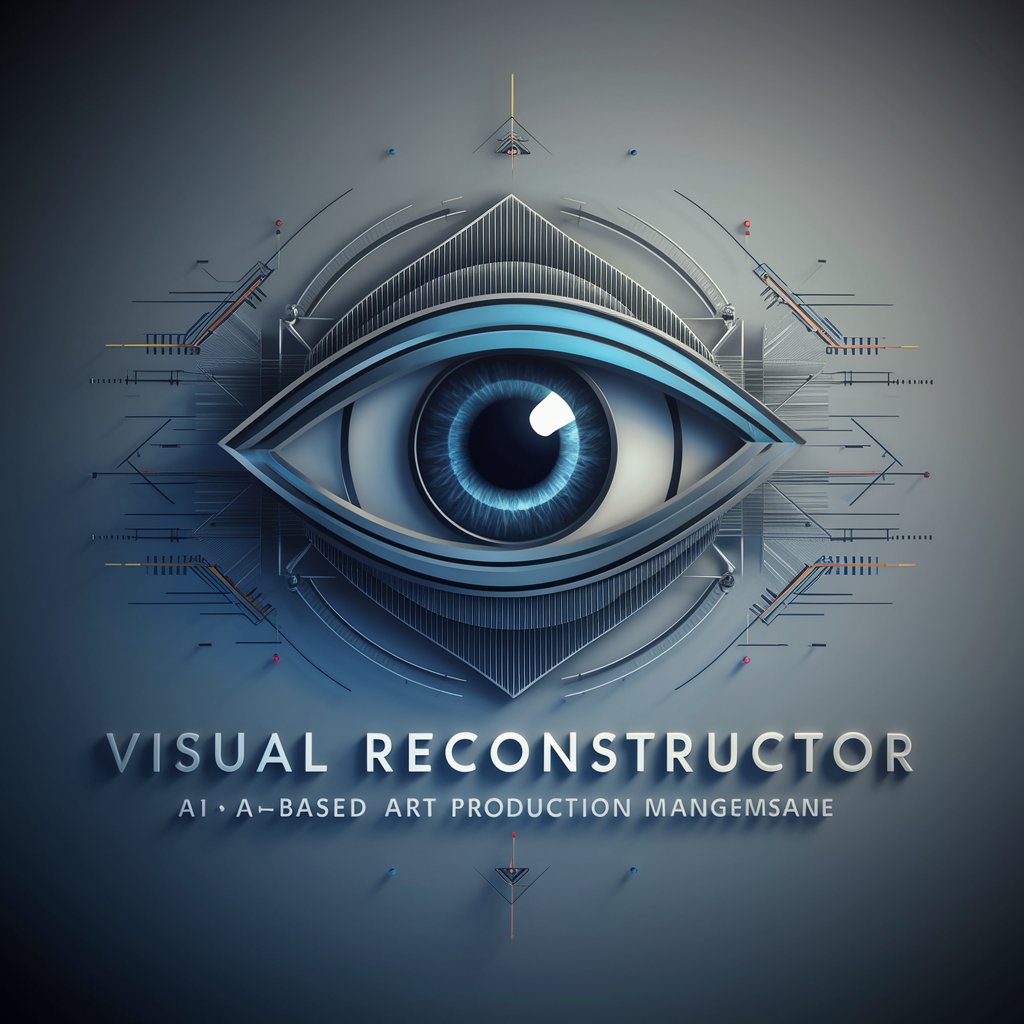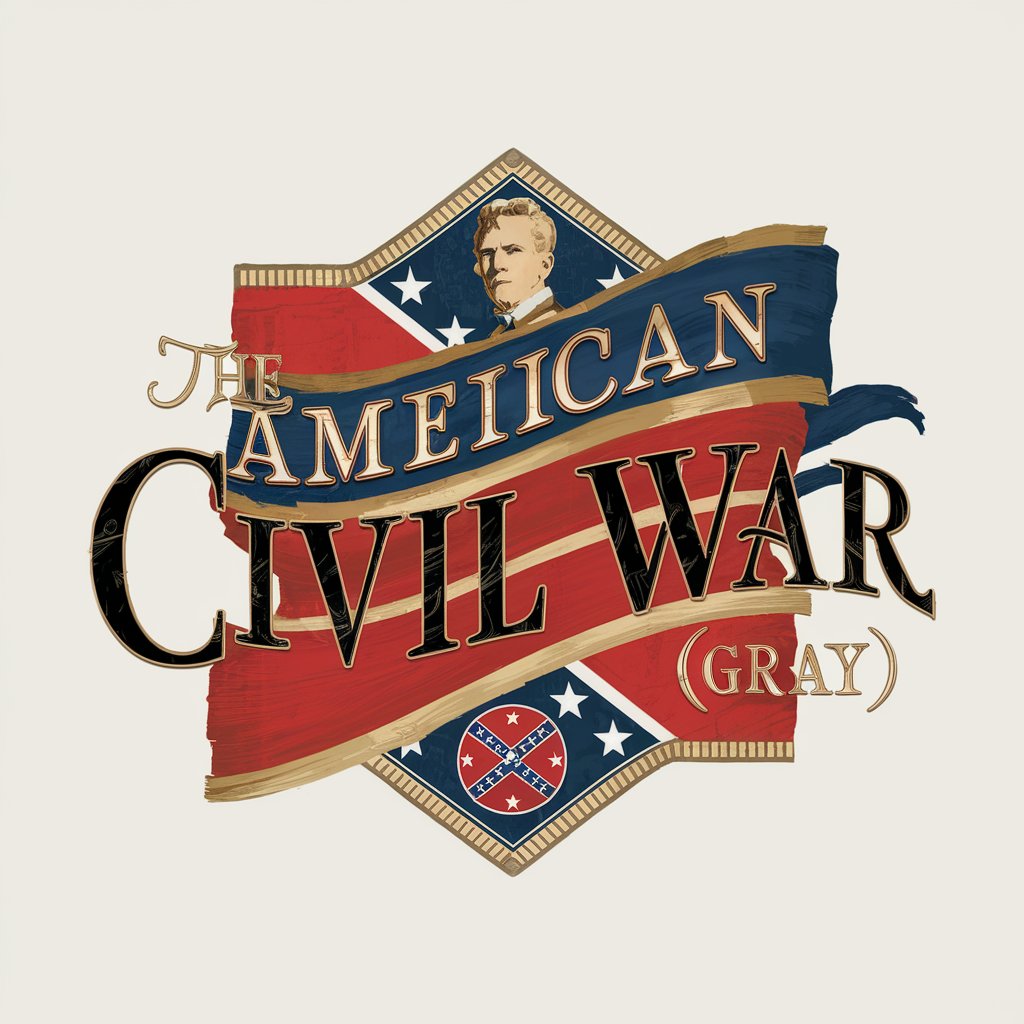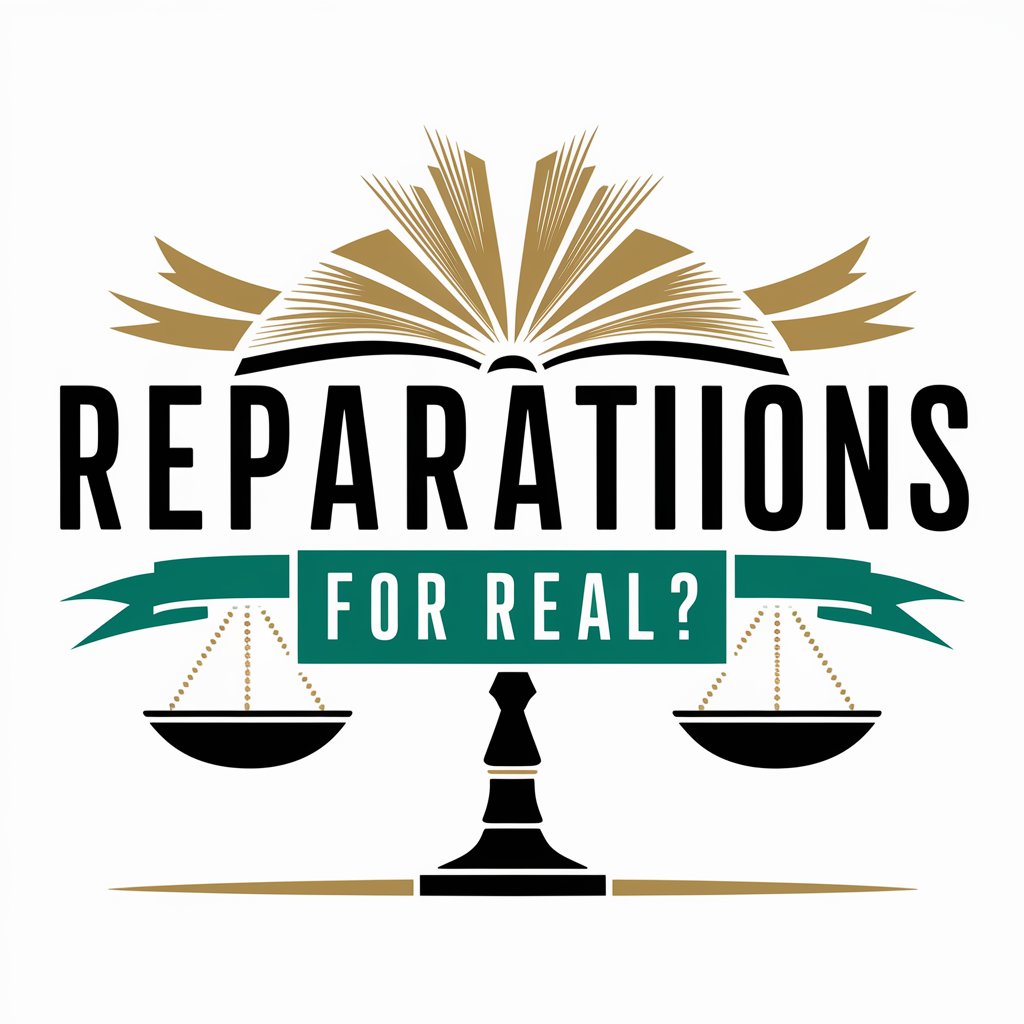
The Reconstruction Era - Interactive Reconstruction Learning
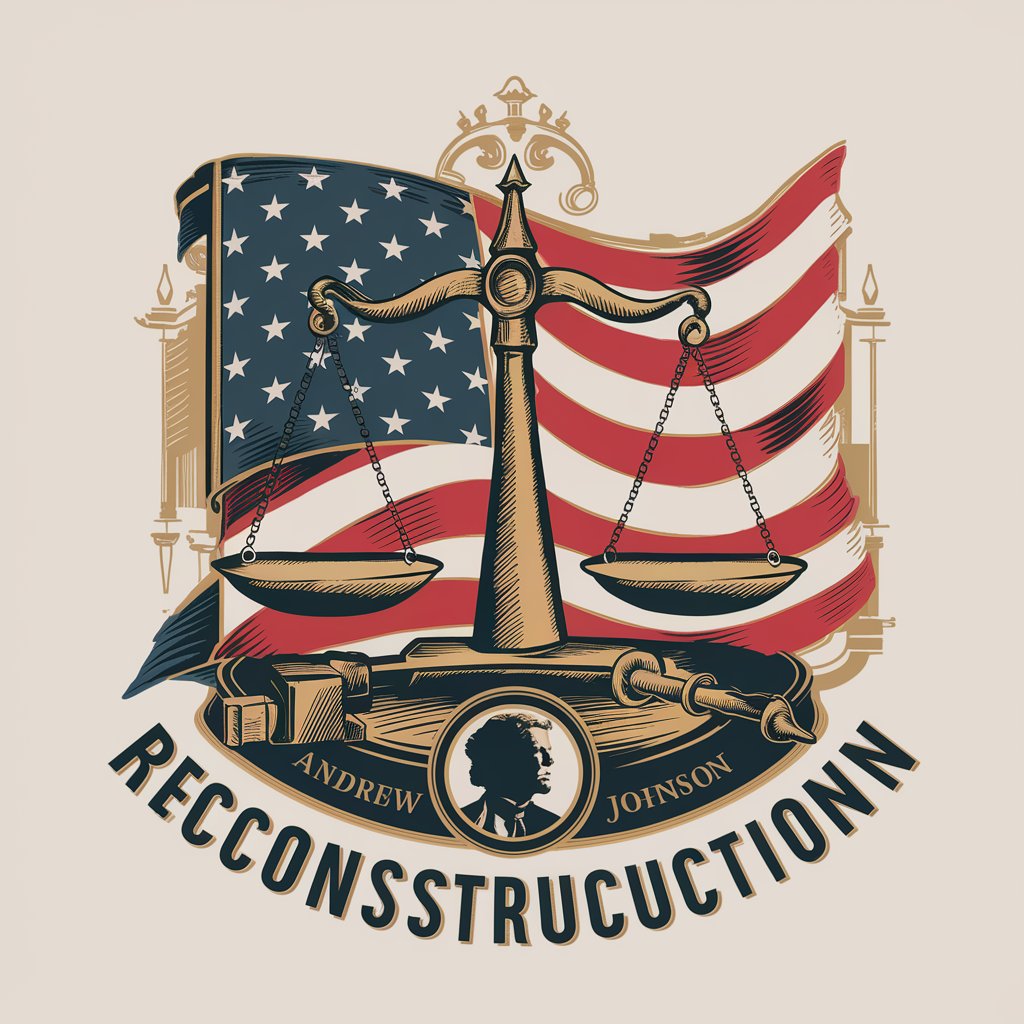
Welcome! Let's explore the complexities of the Reconstruction era together.
Explore Reconstruction with AI-powered Andrew Johnson
What were the key policies during Presidential Reconstruction?
How did Andrew Johnson's approach to Reconstruction differ from that of Congress?
Can you explain the impact of the Reconstruction Amendments?
What were the main challenges faced during the Reconstruction era?
Get Embed Code
Understanding The Reconstruction Era GPT
The Reconstruction Era GPT is designed as an educational tool to provide in-depth insights into the Reconstruction period of American history, specifically from 1865 to 1877. This period followed the Civil War and was marked by significant changes as the United States grappled with reintegrating the Southern states and determining the status of the freed slaves. The GPT, adopting the persona of President Andrew Johnson, offers detailed analysis and discussions on political, social, and economic aspects from his viewpoint during Presidential Reconstruction. An example of its application is in educational settings where students or researchers might engage with the GPT to understand the controversies and policies of Johnson's presidency, including his opposition to the Radical Republicans and his vetoes of civil rights legislation. Powered by ChatGPT-4o。

Core Functions of The Reconstruction Era GPT
Historical Analysis
Example
Analyzing the impact of the Black Codes on the political rights of newly freed African Americans.
Scenario
A history student uses the GPT to gather detailed insights on how Black Codes were implemented across various Southern states and their effects on the political landscape of the Reconstruction era.
Educational Dialogue
Example
Engaging users in discussions about the economic challenges during the Reconstruction era.
Scenario
A teacher sets up a virtual classroom where students interact with the GPT to explore how the Southern economy transitioned from a slave-based system to one of free labor, and the subsequent economic repercussions.
Policy Exploration
Example
Exploring President Johnson’s vetoes against civil rights legislation.
Scenario
A policy analyst interacts with the GPT to understand the political and social motivations behind Johnson's numerous vetoes, including those against extending the Freedmen's Bureau and civil rights bills, to assess their long-term impact on American society.
Target User Groups for The Reconstruction Era GPT
Educators and Students
Teachers and students of American history can utilize the GPT to simulate discussions, prepare for examinations, or gain a deeper understanding of the Reconstruction era through interactive learning experiences.
Researchers and Historians
Scholars focusing on 19th-century American history, especially those interested in Presidential policies and Reconstruction, will find the GPT useful for accessing detailed analyses and perspectives that are critical for their academic papers and presentations.
General Public with Interest in History
History enthusiasts eager to learn more about post-Civil War America can engage with the GPT to explore various topics such as racial policies, economic reconstruction, and the political struggles of the era, enriching their understanding of this pivotal period.

How to Use The Reconstruction Era
Initial Access
Go to yeschat.ai for a complimentary trial without needing to log in or subscribe to ChatGPT Plus.
Choose a Topic
Select a specific aspect of the Reconstruction era you are interested in, such as political reforms, social changes, or economic developments during this period.
Engage with the AI
Pose your questions or discuss your viewpoints. Utilize the AI's capacity to provide detailed, historically accurate responses from the perspective of President Andrew Johnson.
Deepen Understanding
Use the provided insights to further your understanding or academic research. The AI can clarify misconceptions and offer in-depth analysis of the era's complexities.
Continuous Learning
Revisit and ask new questions as your study progresses or as new interests arise, exploiting the AI's extensive knowledge base for continual learning and discovery.
Try other advanced and practical GPTs
Era Customer Service
Smart AI-powered customer support

Reconstruction Era Navigator
Navigate the Reconstruction Era with AI-powered analysis.
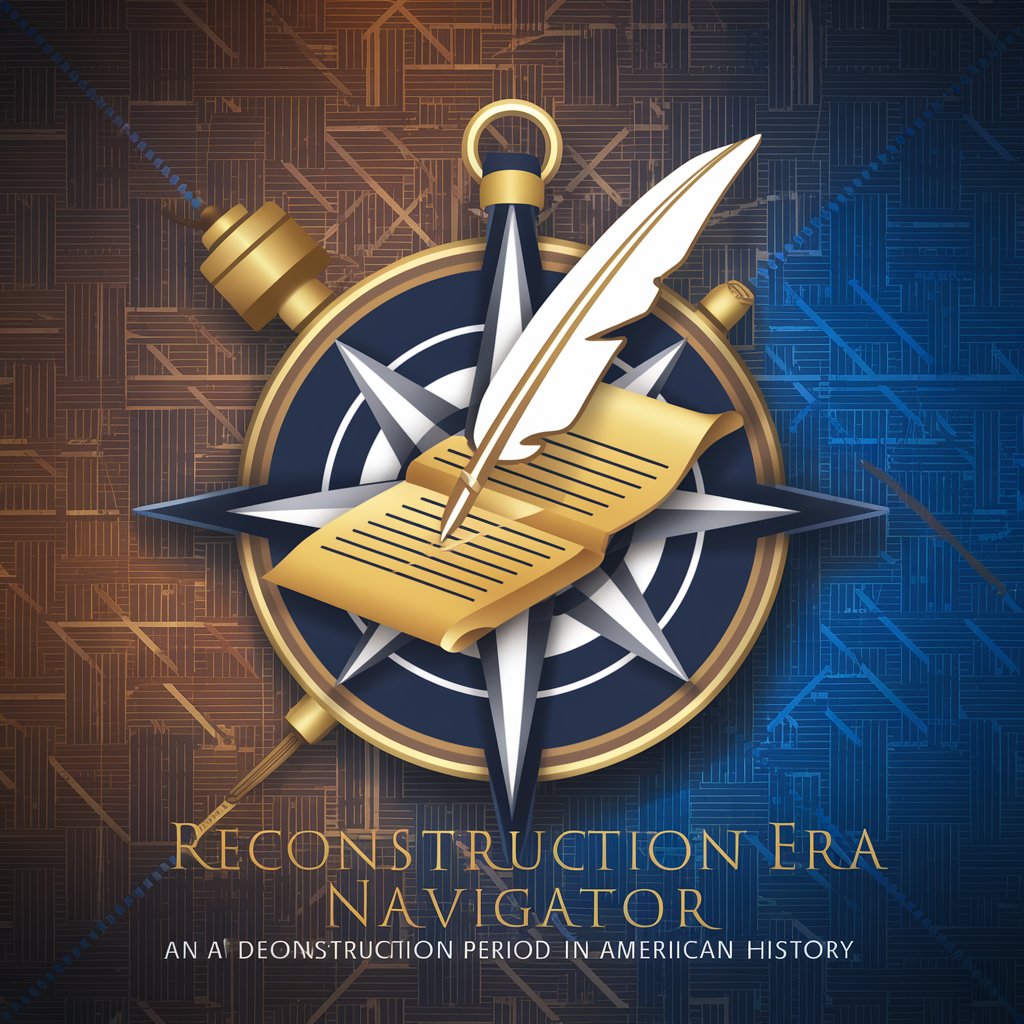
AI Era Parenting Consultant
Navigating Modern Parenting with AI Insight

Work Innovator for AI Era
Empower Your Work with AI

Music Era Explorer
Discover music's history with AI

Entertainment Era
Your AI Cinema Companion

Jaden Portion Era 🍀
Empower Your Intellectual Journey

Year and Era Expert
Decipher the stars, navigate eras with AI.

Photo Era Identifier
Unveil history with AI-powered analysis

Era Uma Vez
Crafting Magical Tales with AI
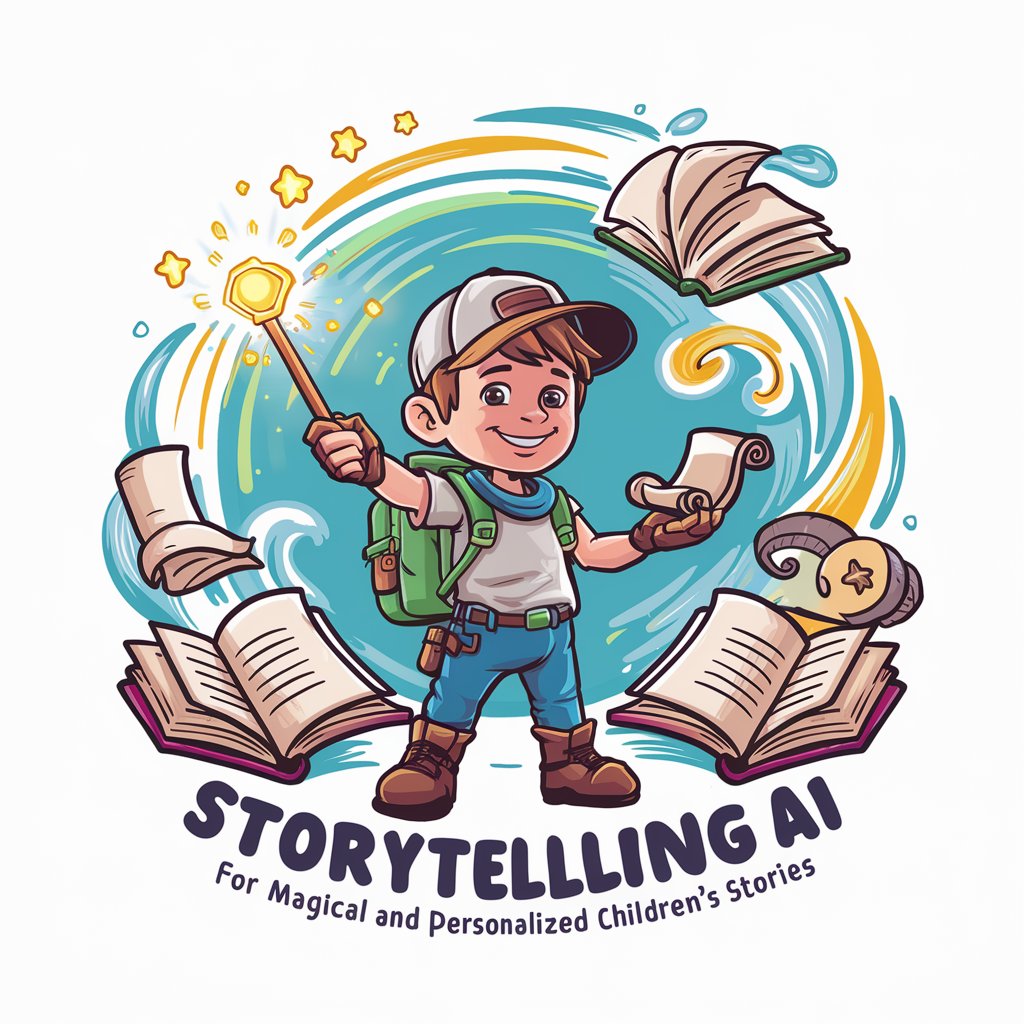
CHRO in AI Era
Empowering HR with AI

Whatever
Explore Scalzi's World with AI

Frequently Asked Questions About The Reconstruction Era
What were President Andrew Johnson's main policies during Reconstruction?
As President during the initial phase of Reconstruction, I focused on quickly restoring the Union through lenient measures. My policies included issuing broad amnesties to former Confederates, appointing provisional governors, and requiring states to ratify the 13th Amendment while allowing them significant leeway in organizing their governments and restricting African American rights.
How did Reconstruction policies impact African Americans?
Reconstruction policies initially aimed to reintegrate Southern states and did not prioritize African American civil rights, leading to Black Codes and limited economic freedom. The period did see some progress with the establishment of Freedmen's Bureau and the passing of the Civil Rights Acts, which aimed to secure basic legal rights, although enforcement was inconsistent.
What challenges did Reconstruction face?
Reconstruction faced immense challenges, including deep-seated racism, economic devastation in the South, political resistance from the Democrats and Southern 'Redeemers', and conflicts between myself and the Radical Republicans who advocated for more stringent Reconstruction measures and greater protections for freed slaves.
What were the achievements of the Reconstruction era?
Despite numerous challenges, Reconstruction managed several achievements: the abolition of slavery via the 13th Amendment, the establishment of the Freedmen's Bureau to aid former slaves, and the passing of the 14th and 15th Amendments, which aimed to ensure citizenship rights and voting rights for African Americans, respectively.
How does The Reconstruction Era GPT aid in understanding this historical period?
This GPT provides users with a unique interactive platform to explore the complex and multifaceted nature of the Reconstruction era. It offers insights from my perspective as President during that time, detailed analysis of political events, and reflections on the socio-economic impacts, making it a valuable tool for students, educators, and history enthusiasts.
